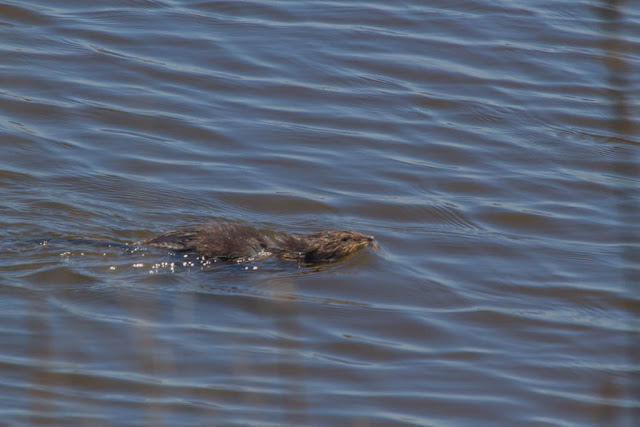Beavers are social animals, living in family groups called colonies which are dominated by the adult female.
Each lodge, which may last as long as 30 years, is made of sticks and branches and houses a colony which may consist of a male, a female, and 3-4 kits born in the spring, along with the previous year's kits.
A muskrat lodge is made of plants and mud and grasses, not sticks.
A well-maintained beaver dam helps isolate the beaver lodge, keeping the colony safe and their food supply close by. Every autumn beavers cover their lodges with fresh mud, which soon freezes in place and creates a protective outer wall. The underwater entry into the lodge provides further protection from predators.
Beavers impact the landscape more than just about any other animal. By damming streams with sticks, mud and other materials, beavers create ponds, where they find food and raise their young in relative safety. And beaver ponds and the wetlands they create provide excellent habitat for thousands of other species.
Beavers are herbivorous. Their favorite food is aspen, and they can fell a 6-inch diameter tree in just 30 minutes.
Beavers may weigh as much as 70 lbs and as such are North America's largest rodent.
When swimming, typically only the head shows above the surface.
As opposed to swimming Muskrats whose entire body and often the tail are on or above the surface.
An interesting mailbox near the entrance to the Pleasant Valley Wildlife Sanctuary.
One lifts the Cardinal handle if you have left a letter in the box for the postman to pick up.
Billboards










No comments:
Post a Comment